Read Description of Futuristic City From Novel
Open up City
Teju Cole (2011)
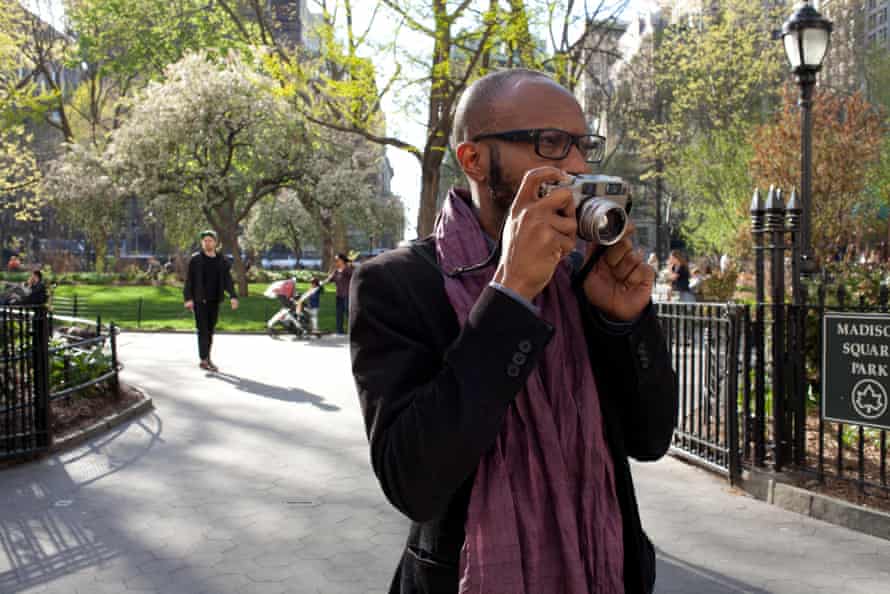
Cole's novel focuses on Nigerian immigrant Julius, a graduate studying psychiatry in New York who has recently broken up with his girlfriend and spends about of his fourth dimension dreamily walking around Manhattan. As with Virginia Woolf'south Mrs Dalloway before it, Open Urban center centres on the thoughts of its protagonist as he rambles through the city, mulling over what he witnesses as he walks, but also over central past events. Open up City was translated into 10 languages and received positive reviews, with James Woods in the New Yorker calling it a "cute, subtle, and, finally, original novel".
Sister Carrie
Theodore Dreiser (1900)
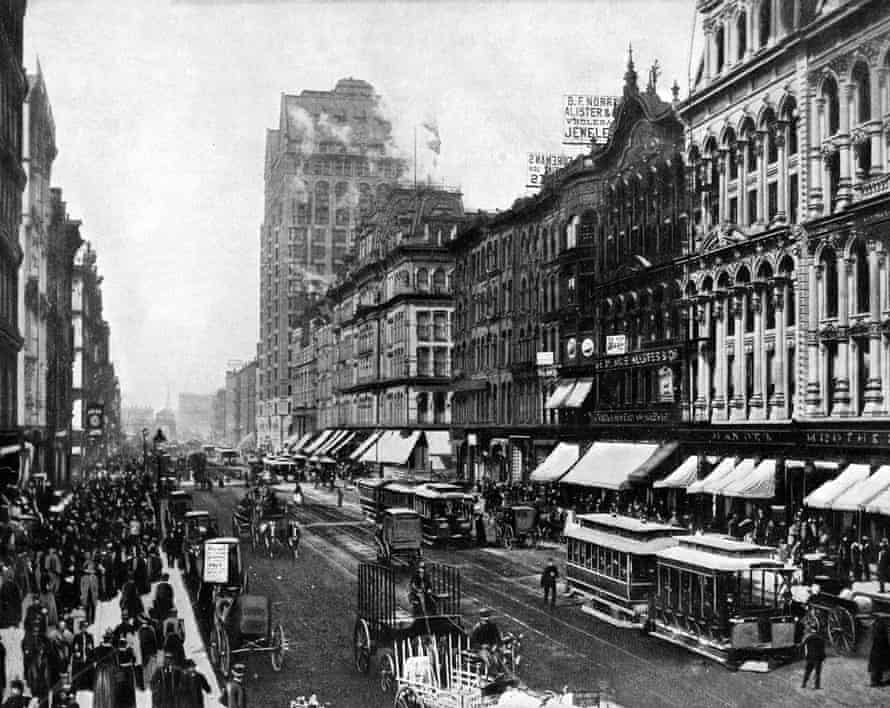
Published at the dawn of a new century, Sister Carrie tells the story of a young country girl from Wisconsin who moves to Chicago to pursue the American dream. Her journey takes her from working in a shoe factory to having an affair with a wealthy man and, subsequently, becoming a famous thespian. The book is a depiction of urban life on the brink of shifting modernity and reveals how 19th-century morality and values were crumbling in the face of city existence and capitalist greed. Dreiser initially struggled to find a publisher, but Sister Carrie went on to be hailed past critics as one of the greatest American urban novels of all time.
Ulysses
James Joyce (1922)
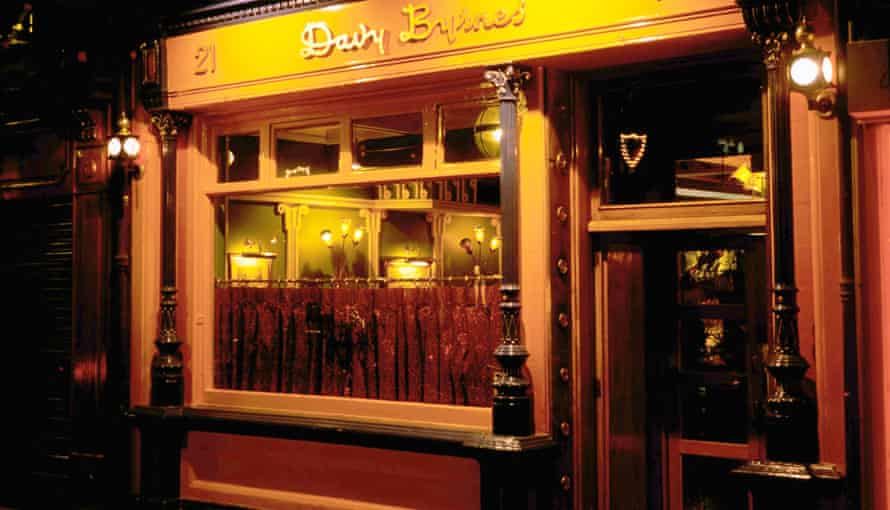
Joyce once claimed that if Dublin "suddenly disappeared from the Earth, it could exist reconstructed from my book". Ulysses is seen by many as 1 of the most influential works of the 20th century and focuses on the stream-of-consciousness wanderings through Dublin of Stephen Dedalus and Leopold Bloom. It mirrors the structure of Homer's Odyssey, transposed to Dublin and taking in many of the city's landmarks, including Davy Byrne's pub, the Martello belfry at Sandycove and Trinity College. Ulysses has been summarised, not wholly unfairly, as: "Man goes for a walk effectually Dublin. Zero happens."
Blaze of the Vanities
Tom Wolfe (1987)
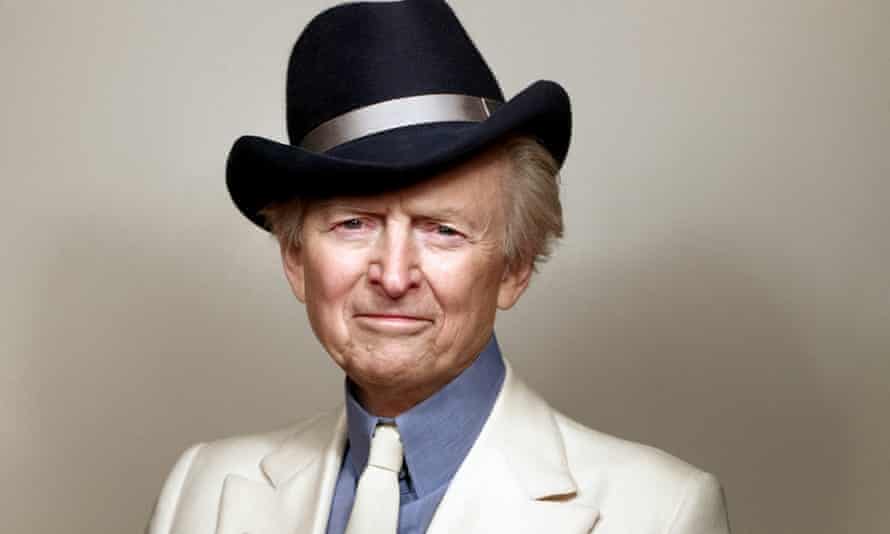
Viewed by many equally the quintessential New York novel, Bonfire of the Vanities is a buzzing, booming, narrative tour de force. Information technology is a perfect case of Wolfe'south "new journalism" and skewers a vast cross-section of New York society – from egomaniacal Wall Street millionaires to glad-handing street politicians – painting a vivid picture of a urban center declining inexorably into racial conflict, crime and greed. It also contains passages of sheer descriptive verve, like this one on Manhattan: "The towers were jammed together so tightly, he could feel the mass and stupendous weight… the dense magnetic stone…"
Bleak House
Charles Dickens (1853)
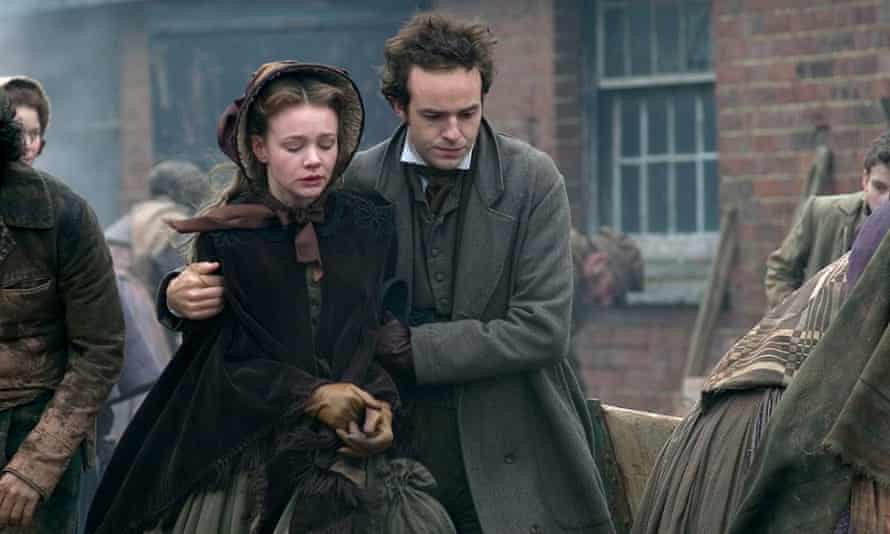
London was a central character in many of Dickens's novels, reflecting his own love of walking through the urban center. His perambulations were often conducted at dark after he had dashed off a review in his chore every bit theatre critic before striding home to Bloomsbury and, later, Marylebone. Of his works I've called Bleak House for its magnificent opening paragraph, where London is described with brilliantly damp and gloomy lyricism: "Implacable Nov atmospheric condition. As much mud in the streets as if the waters had just newly retired from the face of the Globe, and it would not exist wonderful to meet a Megalosaurus, forty feet long or so, waddling similar an elephantine lizard up Holborn Hill."
The Principal and Margarita
Mikhail Bulgakov (1966)
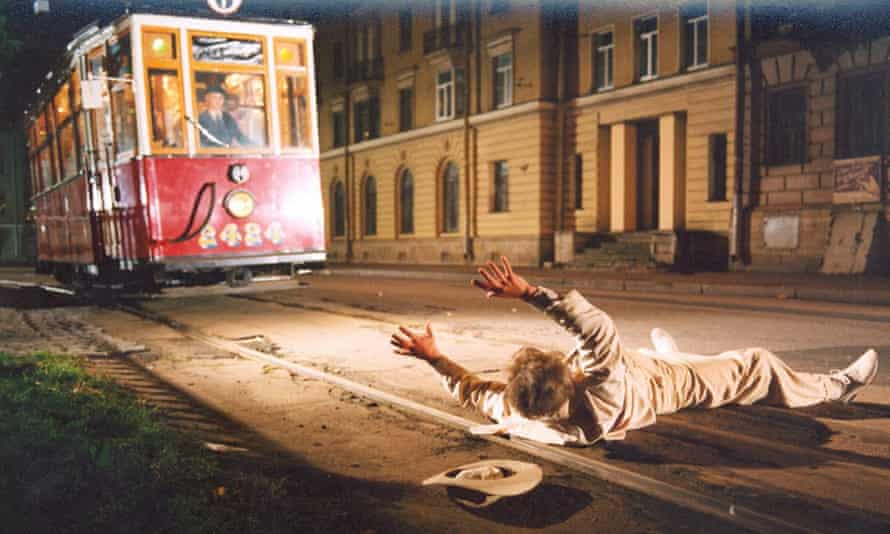
Bulgakov's coruscating satire of Soviet life was written during the darkest days of Stalinist Russia but not published for more than ii decades. It exists in a world that blends fantasy and chilling realism, with much of the action taking place in downtown Moscow. Bulgakov set many scenes in areas to which he had stiff personal ties and used the urban center every bit a symbolic backdrop to cardinal narrative moments: the novel opens in the Patriarch's Ponds park, where the bombastic, big-headed editor Berlioz falls on to the tram tracks and loses his caput, thereby demonstrating his inconsequence and the triviality of his ideas.
NW
Zadie Smith (2012)

Both Zadie Smith's first novel, White Teeth, and her fourth, NW, are set in the Willesden streets nearly where she grew upwards and portray an invigoratingly various London where friendships are mapped out across social and cultural divides. NW has a firm sense of identify, – the title, after all, is the geographic half of a postcode for north-due west London – and Smith is skillful at carrying the city's messy charm also as its chapters for disconnection. The novel centres on friends Natalie and Leah, who grew up on the same housing manor and attended the same school. As adults they however alive in the same neighbourhood, simply their lives accept taken very different directions.
The Dog
Joseph O'Neill (2014)
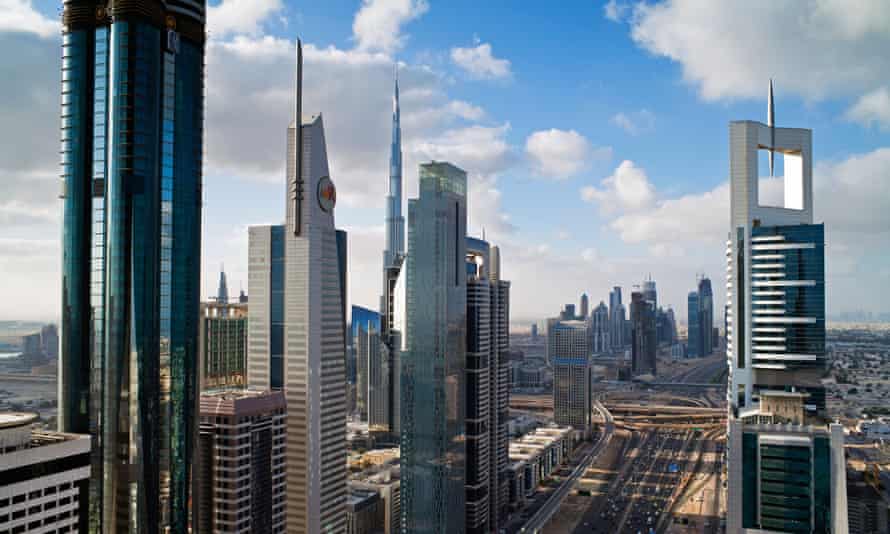
In his critically acclaimed 2008 novel Netherland, O'Neill took on New York. In The Dog, his narrator is a lost and tormented Manhattan lawyer working in Dubai for a family unit of Lebanese billionaires. In O'Neill's hands, Dubai becomes a metaphor for the futility of the narrator's cosseted existence: the city is depicted as a place of empty luxury and moral ambiguity full of luxury resorts and glitzy high-rise apartment buildings. At the end of the book, the narrator revisits New York and is shocked to realise he hates it. He is fatigued ineluctably dorsum to Dubai, much to his ain bafflement.
A Fine Balance
Rohinton Mistry (1995)
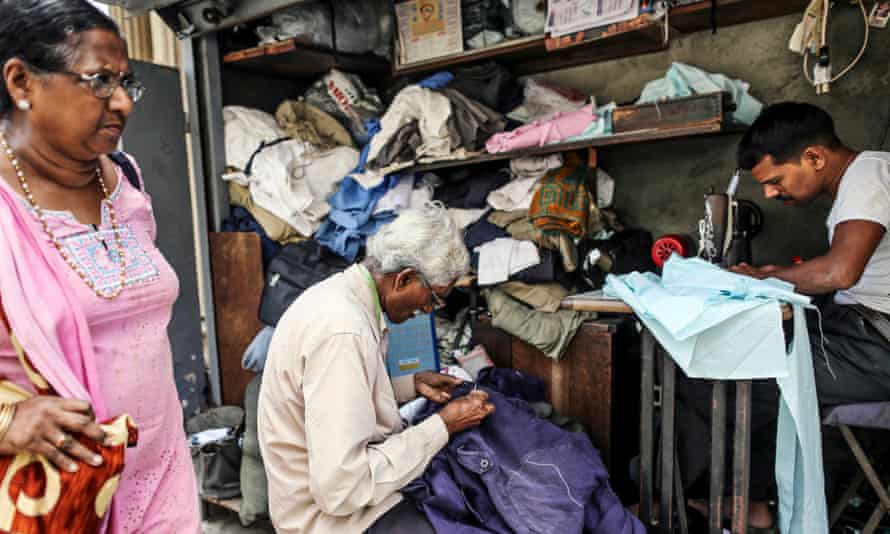
Mistry has been compared to Dickens with proficient reason: he is masterful at handling a sprawling cast of engaging characters and good at conveying the sweep of a teeming city. This magnificent novel captures all the corruption, dignity and heroism in 1970s Bombay at the time of Indira Gandhi's declaration of a state of emergency. The political turmoil at play is vividly portrayed through the lives of four disenfranchised characters, including ii "untouchable" tailors whose efforts to escape the terrible limitations of the caste system have brought them to the city in search of a meliorate life.
Capital
John Lanchester (2012)
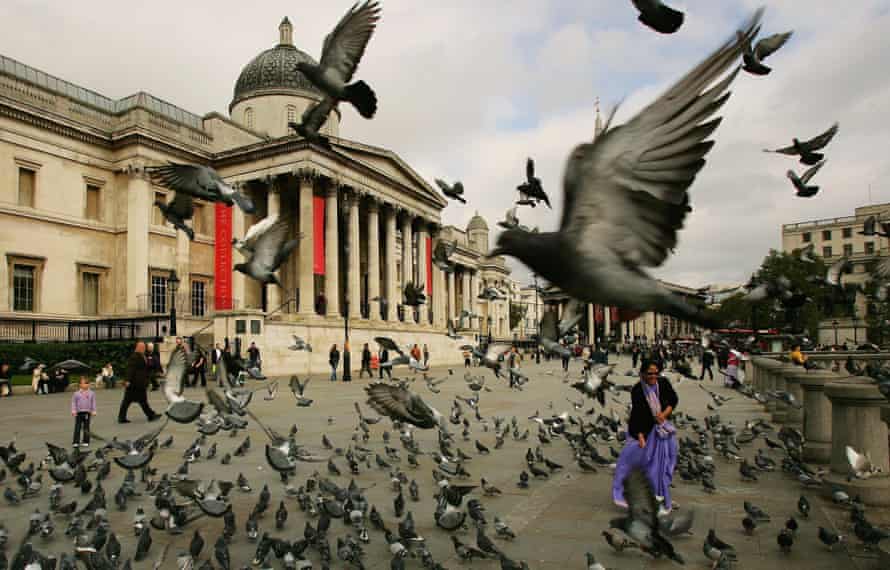
Lanchester'due south London is a city on the brink of financial implosion. Set prior to and during the 2008 economical crunch, much of the novel's activity takes place on a single road in due south London, subjected to gentrification during the blast years and now hosting a multifaceted bunch of residents, including a successful currency dealer, a Hungarian au pair, a pensioner with a brain neoplasm and the owner of a corner shop whose brother is flirting with Islamic fundamentalism. Lanchester's canvass is broad and empathetic: few other modern novelists would dare to make a hero of a traffic warden.
Elizabeth Day'south latest novel, Paradise City, exploring contemporary London life through the lives of four central characters, is published past Bloomsbury on 21 May (£16.99)
Source: https://www.theguardian.com/culture/2015/may/15/the-10-best-city-novels
0 Response to "Read Description of Futuristic City From Novel"
Post a Comment